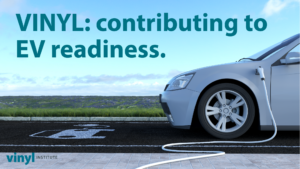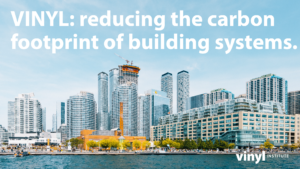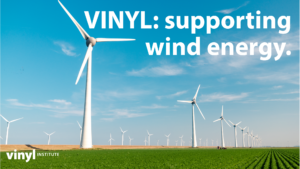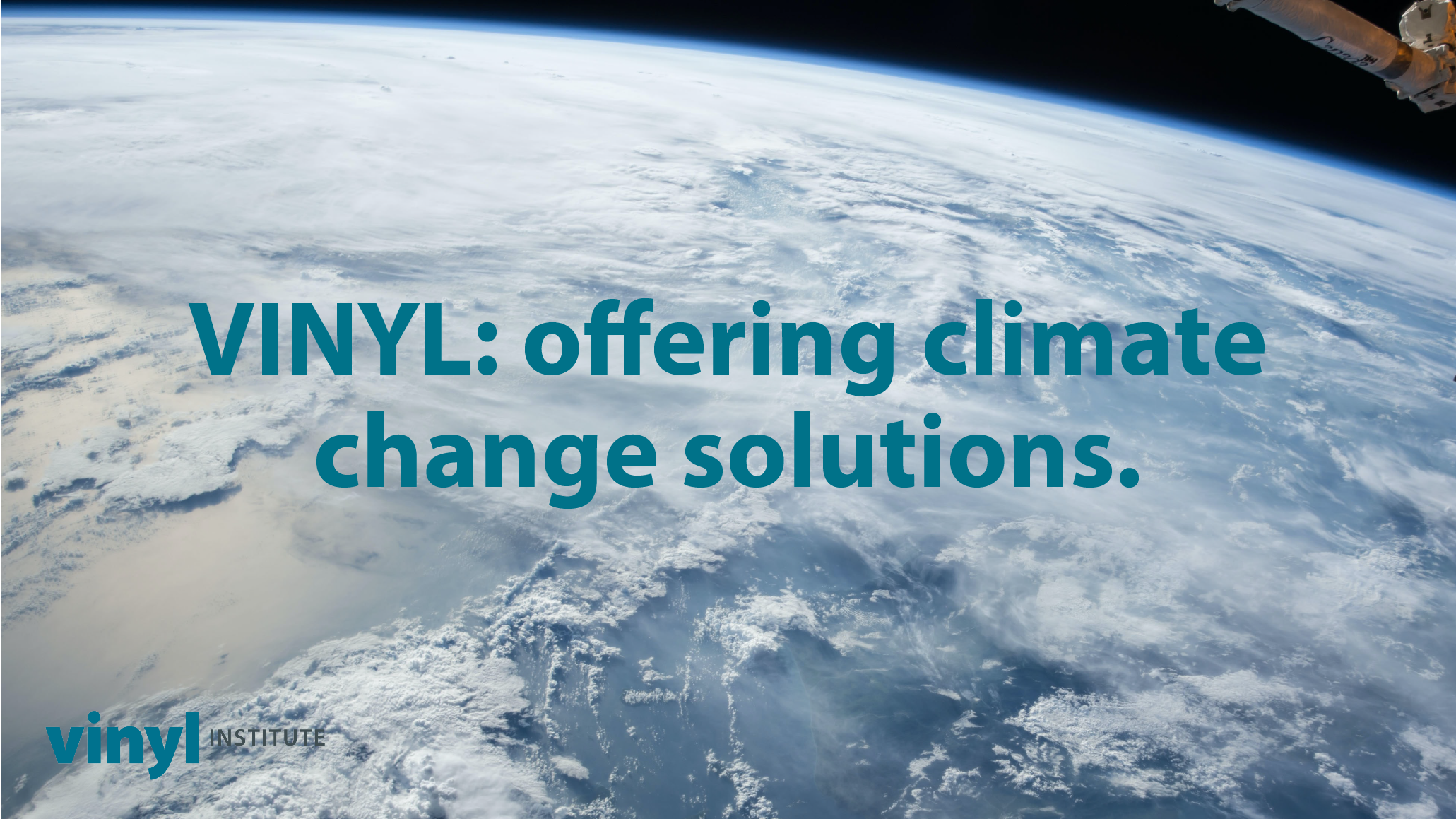This website uses cookies so that we can provide you with the best user experience possible. Cookie information is stored in your browser and performs functions such as recognising you when you return to our website and helping our team to understand which sections of the website you find most interesting and useful.
News
7 Ways Vinyl is Offering Climate Change Solutions
Right now, we’re battling the notion that a plastic-free future equates to an environmentally friendly one, but that’s simply not the case. Globally, we may have a plastic waste problem, but the solution to that is not ridding the Earth of plastic, it’s finding solutions to prevent waste to begin with. In fact, PVC/vinyl is already offering climate change solutions. Here are just a couple of ways.
- Vinyl is recyclable and recycled. 1 billion pounds of vinyl is recycled annually in the U.S. and Canada. The Vinyl Sustainability Council and value chain members are implementing new ways to increase this number, like individual companies implementing their own takeback programs and association-led recycling projects for specific materials.
- Vinyl contributes to EV readiness. Vinyl is used in the cable and conduit to connect the power supply to the charging stations.

- PVC pipes deliver clean drinking water. Smooth PVC pipes reduce harmful bacteria buildup. And because they’re non-corrosive, there’s never a worry that they could leach harmful chemicals, like lead particulates, into the water supply.
- Vinyl reduces the carbon footprint of building systems. The vast majority of viny products have durable uses and are manufactured as building materials. Because these products are manufactured to be in use for decades, these products are kept out of the waste
 stream. And even when they come to the end of their service life, they are able to be recycled.
stream. And even when they come to the end of their service life, they are able to be recycled. - PVC pipes reduce the carbon footprint of water systems. Smooth PVC pipes reduce the amount of energy used to pump water, not to mention PVC pipes also have an overall lower embodied carbon than many other materials. And with a service life of 100+ years, PVC pipes won’t have to be replaced as often as many other alternatives.
- Vinyl lowers the air temperatures in cities. Reflective vinyl roofing membranes reduce heat transferred from roofs to the air. Vinyl roofs also allow for growth of green roofs.
 Vinyl supports wind energy. As we seek alternative energy sources, PVC structural cores provide excellent strength to weigh ratio and insulation properties in wind turbines.
Vinyl supports wind energy. As we seek alternative energy sources, PVC structural cores provide excellent strength to weigh ratio and insulation properties in wind turbines.


